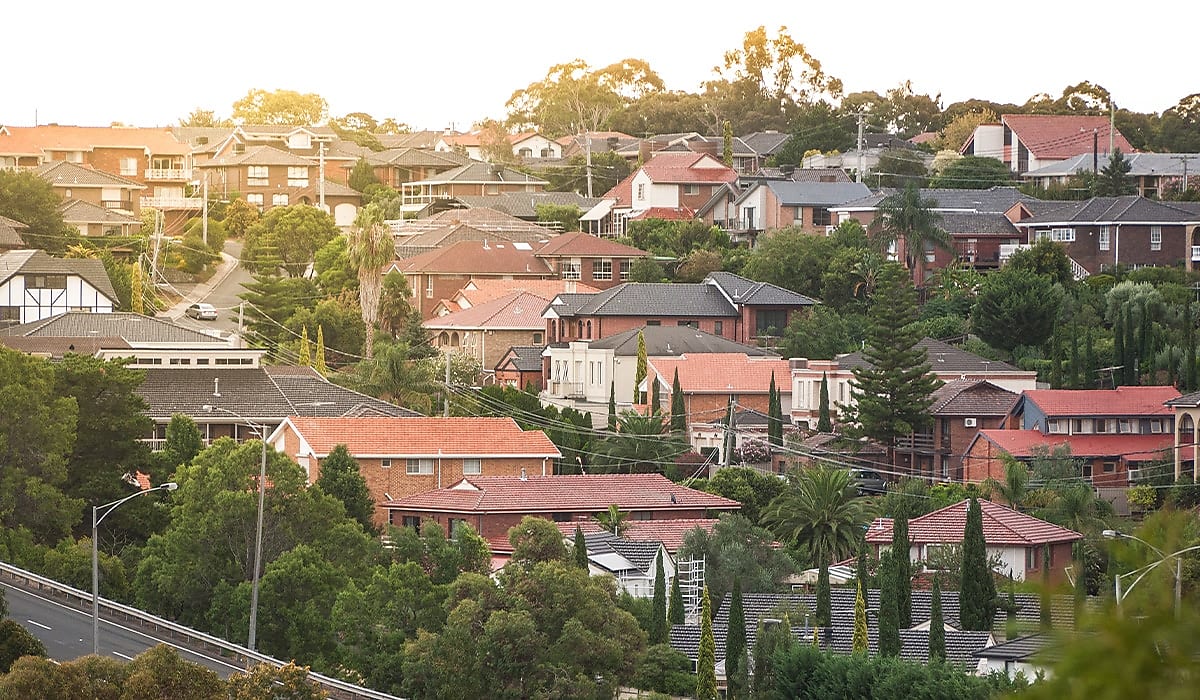National home values soar to new heights in March
Improved sentiment from the recent rate cut helped to drive a second consecutive month of national dwelling value growth in March, with further rate cuts likely to support further positive change over 2025.

Australian property values rose to a new high in March, increasing 0.4 per cent over the month and marking the second consecutive month of growth, according to the latest Home Value Index from CoreLogic, which will soon rebrand to Cotality.
The report attributed this rise in national home values to the broad national growth that occurred over the month, with every capital city except for Hobart, along with the rest of state regions, recording a positive change.
Research director for CoreLogic, Tim Lawless, noted that improved buyer sentiment from the recent rate cut had heavily contributed to the growth in housing values over March, and added that with additional rate cuts, could potentially see further growth over 2025.
“Improved sentiment following the February rate cut is likely the biggest driver of the turnaround in values, along with the cut’s direct influence of a slight improvement in borrowing capacity and mortgage serviceability,” Lawless said.
“With the rate-cutting cycle expected to be drawn out, it will be interesting to see if this positive inflection in values can last in the face of affordability constraints,” he added.
Over the month of March, CoreLogic highlighted that the regional markets continued to outperform the capitals, with dwelling values in the combined regional markets rising 0.5 per cent compared to the 0.4 per cent gain in the combined capital cities.
Nevertheless, Lawless projected that growth in dwelling values between the capital city and regional markets will overlap as the year progresses.
“The growth trajectory looks to be converging as the capital city trend accelerates and the regional trend holds steady,” he said.
Across Australia’s capitals, the report showed that the monthly change across the capital cities ranged from a 1 per cent gain in Darwin to a 0.4 per cent fall in Hobart.
Within the two most populous cities of Sydney and Melbourne, CoreLogic observed that the markets had “turned a positive corner”, with dwelling values increasing by 0.3 per cent and 0.5 per cent over the month in Sydney and Melbourne, respectively.
Following Sydney’s 2.2 per cent decline in dwelling values between September 2024 and January 2025, the report showed that the Harbour City’s dwelling values currently remain just 1.4 per cent below the record high that was set in September of last year.
Even though dwelling values in Melbourne rose 0.9 per cent over the past two months, Cotality noted that values still remain 5.6 per cent below the city’s record high that was set back in March of 2022.
While dwelling values are still increasing across Australia’s mid-sized capitals, the report observed that the pace of gains has slowed noticeably over the year so far.
The trend has been particularly evident in the Perth market, where downward revisions over recent months have seen dwelling values register 0.05 per cent below the city’s peak that was achieved in October of last year.
Despite the Perth market’s recent lethargy in dwelling value growth, CoreLogic highlighted that the city’s home values have still led the five-year upswing among the capitals by rising 75.4 per cent since March 2020.
Lawless further noted that the change in values across the different “price points” or value tiers has begun to even out over the month.
“Following a clear out-performance from the lower quartile of the market since mid-2023, the rate of change across the value segments is starting to converge,” Lawless said.
“This was most apparent in Sydney where upper quartile values have increased by 0.6 per cent over the past three months compared with a 0.3 per cent rise across the lower quartile,” he added.
Referring to research released earlier this year by CoreLogic, Lawless reiterated that relatively expensive markets such as Sydney and Melbourne have historically shown stronger responses to reduced cash rate settings.
While Lawless noted that most of the remaining capital cities are seeing their lower quartiles record a “higher rate of change relative to the upper quartile”, he acknowledged that the gap is progressively getting smaller.
Looking ahead into the year, Lawless pointed to the recent growth of national home values in pronouncing that the positive turn is “more than a temporary recovery”, but forecasting nonetheless that a “material upswing in values remains unlikely”.
“On the upside, a gradual easing in monetary policy, cost-of-living relief, income growth, tight labour markets and improved sentiment are all likely to support housing sector activity,” he said.
Lawless highlighted that a variety of market influences are likely to “at least partially offset” the positive market conditions and keep value growth contained over the year.
“The rate-cutting cycle is likely to be drawn out, housing remains unaffordable, population growth has reduced to more normal levels and housing credit policies remain risk-averse,” Lawless said.
“Until home serviceability improves more substantially, it’s hard to see housing markets moving into a material growth trend,” he said.
